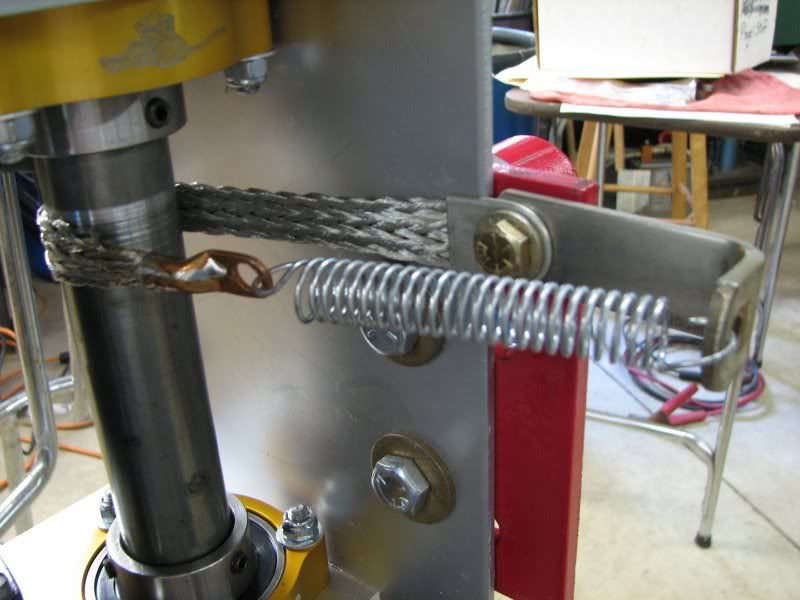moonlight machine
Diamond
- Joined
- Nov 19, 2007
- Location
- marysville ohio
I am building a welding rotator that will feature a 4 3/4 through hole. It will turn on roller bearings and I obviously don't want to ground through the bearings. I plan on making a conductive graphite ring, 5" id 7" od 5/16 thick. This will be fastened to the central rotating tube and will turn with it. I Plan on spring loading 2 non rotating brass rings to sandwich the graphite ring and connecting the ground to them. is this too complicated? I wonder how many amps this setup will handle?
Last edited:




